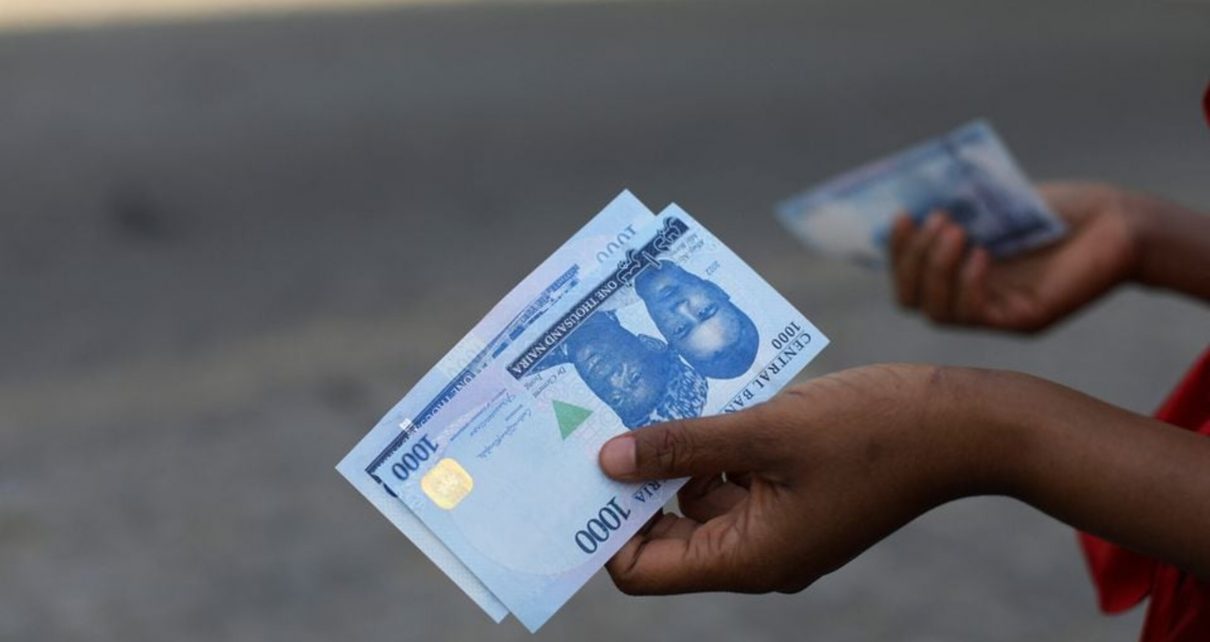Nigeria’s foreign exchange reserves plunged to $32.87 billion by the end of December, marking a six-year low, as revealed in recent data. The country’s central bank had been actively selling dollars to stabilise the weakening naira, exacerbating the ongoing challenges faced by the currency.
Kyle Chapman, an FX markets analyst at London-based Ballinger & Co, remarked on the tumultuous year for the naira, stating, “A backlog of unsettled forwards, undelivered promises of dollar inflows, and a two-decade peak in inflation have resulted in the naira’s decline of over 50% in value, making it the third worst-performing global currency in 2023.”
Chapman pointed out the rationale behind the Central Bank of Nigeria’s actions, mentioning, “This prompted the Central Bank of Nigeria (CBN) to deplete its foreign exchange reserves, which had peaked at $47.63 billion in June 2018, in efforts to defend the naira.” The dwindling reserves hit a level last observed in September 2017, standing at $32.16 billion.
He projected the naira’s future, stating, “The naira’s downward trajectory is expected to persist through much of 2024. Its course will depend on whether the CBN’s rhetoric translates into tangible policy actions that enhance U.S. dollar inflow into Nigeria and restore confidence in the official market.”
In recent market activities, the naira touched a low of 1,248 against the dollar in the official market and traded at 845 naira on Friday. Parallel market rates stood at 1,210 naira, while in the forwards market, the naira sold for 1,037.50 to the dollar for a one-month settlement.
CBN Governor Olayemi Cardoso emphasised a market-driven approach to exchange rates, affirming the implementation of clear, transparent, and standardised rules governing market operations.
Chapman outlined potential shifts, noting, “If the CBN’s proposed measures materialise and President Bola Tinubu’s government enacts structural changes to boost oil production or attract foreign investment, there’s a chance for the naira to recover from its historic lows.” However, he cautioned that a quick resolution was improbable and that further depreciation might counteract supply and demand imbalances.



